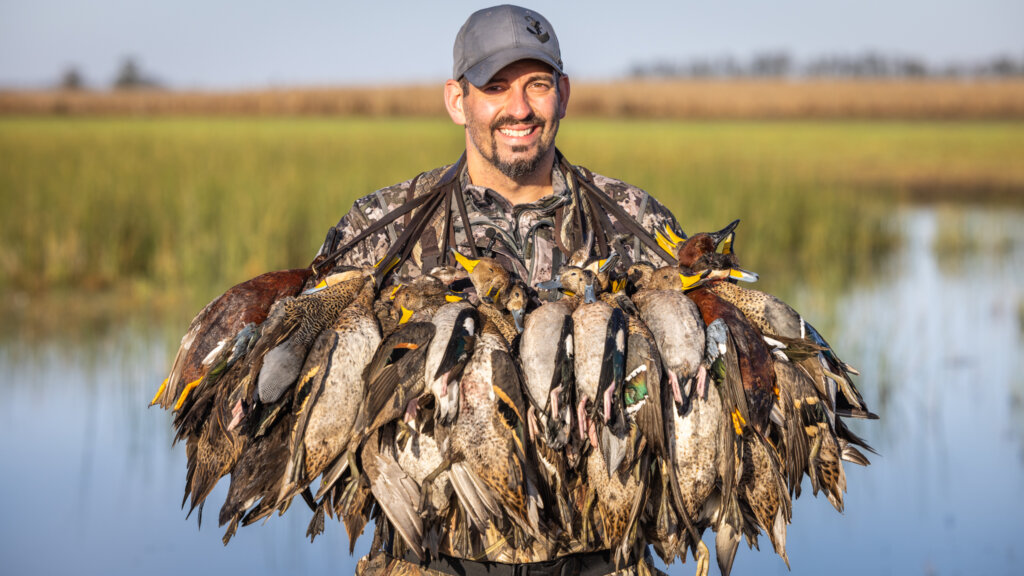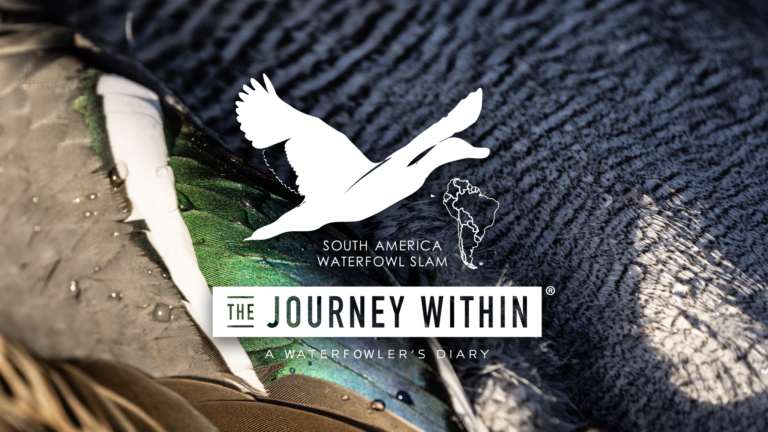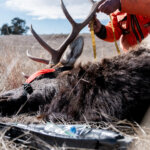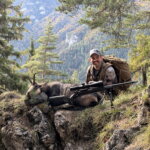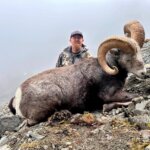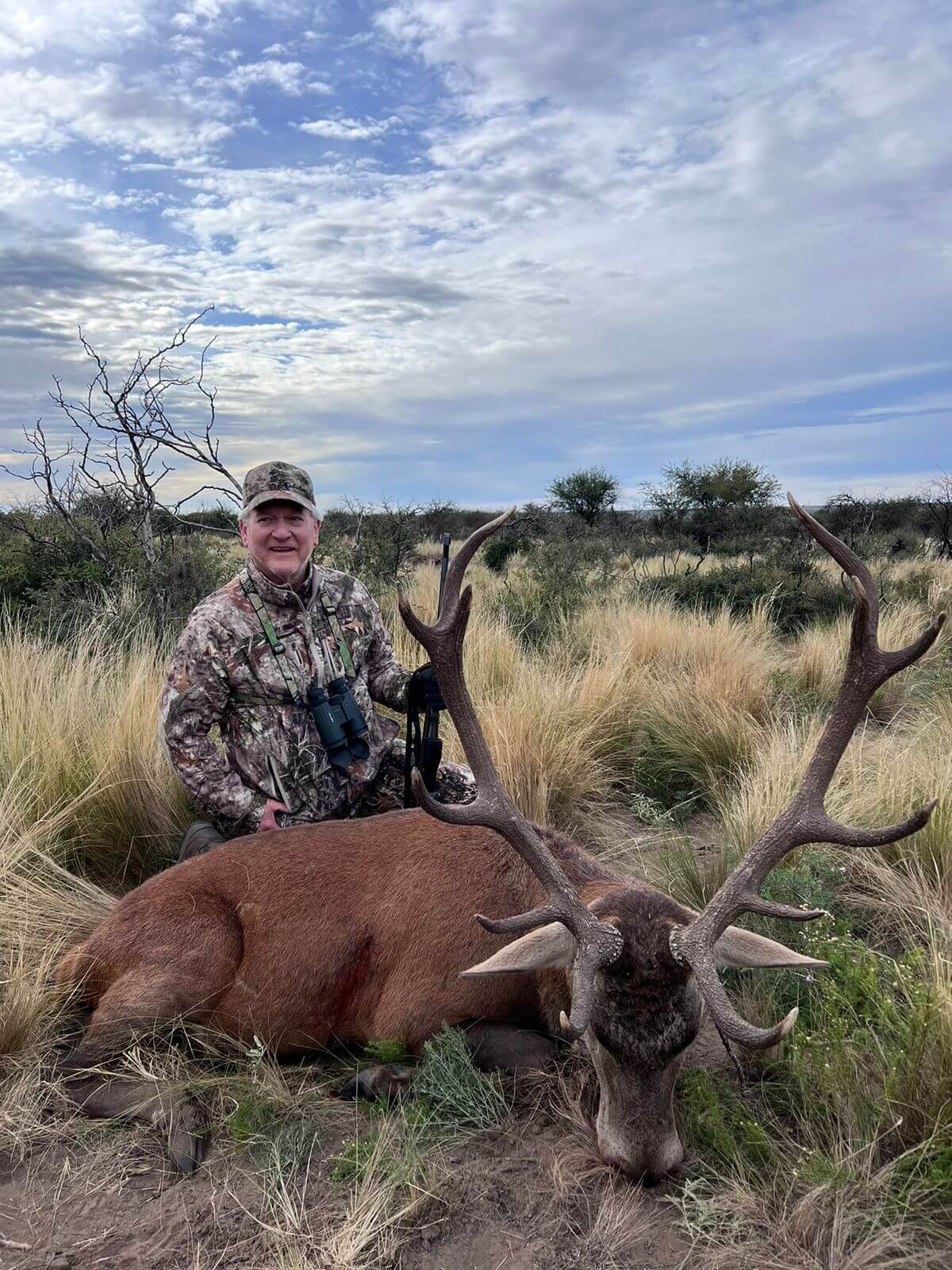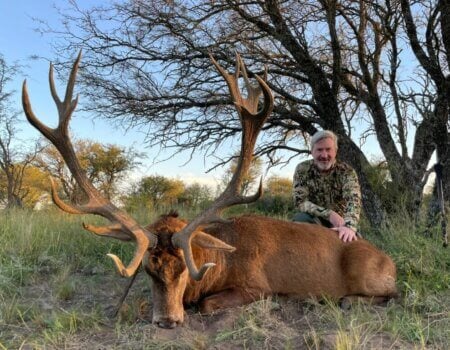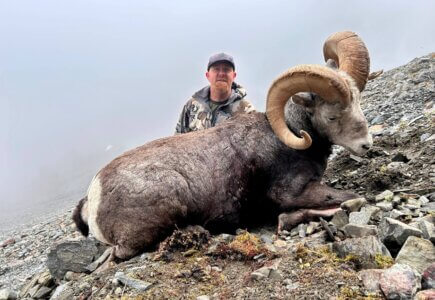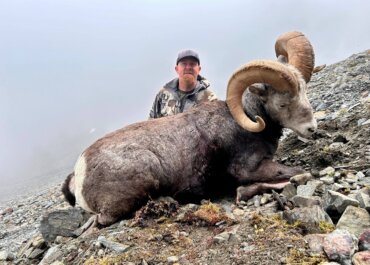After hunting in the Buenos Aires Province for two days, I had 8 of my 13 targeted species in Argentina. Early in the morning of day three, we had a good, filling breakfast with strong coffee and then moved from the estancia to a new pond. Matt Gindorff joined me for the hunt, but he would be leaving the estancia early to vet another Argentine outfitter.
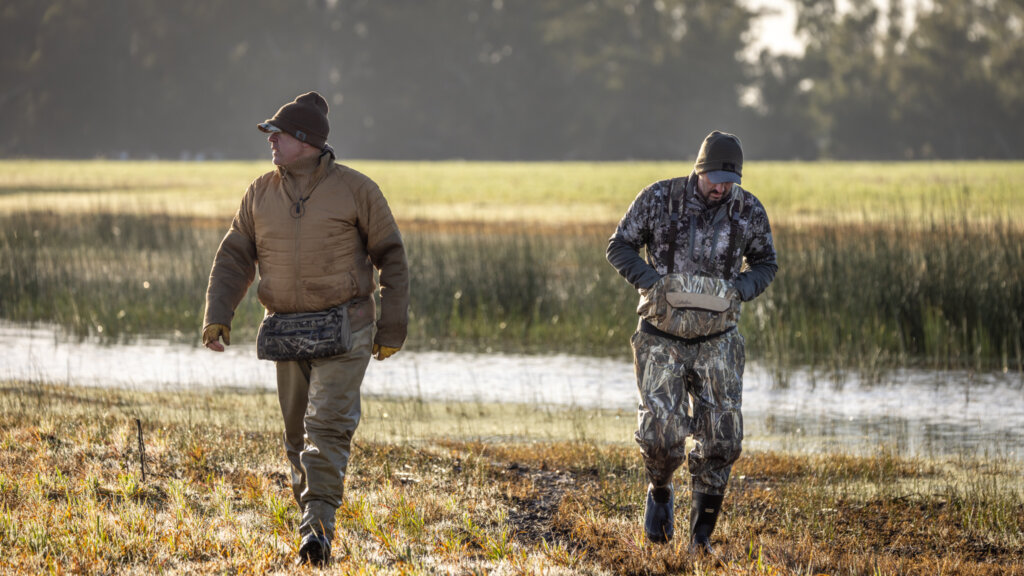
With frost on the ground, we traveled about 30 minutes from the estancia to a larger pond. My field producers were set up in the same positions as the previous day. Lee was with Matt and me in the blind, while Justin filmed from a short distance away. We were on bigger water, waiting for first light and my last five Argentine species to come in. Once it was light enough to shoot, the action was fast and furious. A Rosy-Billed Pochard came in and I was able to drop number nine of my targeted 13 species. What a beautiful duck he was! Occasionally called a Rosybill, or a Rosybill Pochard, this duck is classified as a diving duck. Here in Buenos Aires Province, they act much like a dabbling duck while feeding on grasses, aquatic plants, seeds, and roots. What makes this drake so striking is his bright-red bill with a rounded knob at the base. The drake is also known for his showy wings. This species has a broad white stripe that is visible when the wings are stretched out. Like most of the ducks found in Argentina, the conservation status of the Rosy-Billed Pochard is listed as “of least concern.” My first Rosybill broke the ice, and I was able to take several others while hunting on the estancia.
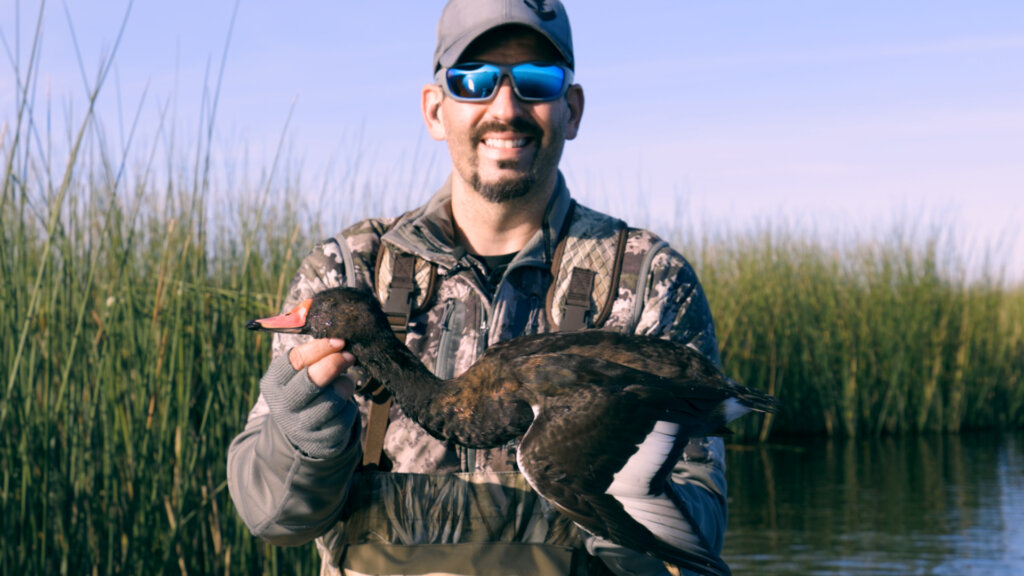
The action was nonstop! Maxie was counting our ducks, and before any of us were ready to stop, he called the morning hunt over. We cleaned up the area and took photos. It’s impossible to explain what duck hunting in Argentina is like. I’ve hunted a lot of ducks in my native Michigan and all across the United States. I’ve also hunted throughout Canada and have had some phenomenal hunts in Mexico. But I can honestly say that I have never experienced duck hunting like what is found in Argentina. It is nonstop action virtually every time I sat in an Argentine blind. The populations are so numerous that rests between shots are short-lived or nonexistent. Waterfowl hunting in Argentina is a must for any serious hunter’s bucket list. WTA is constantly vetting and partnering with new outfitters there. Give Matt or any of the other WTA consultants a call and let them arrange a hunt for you. I assure you, you won’t regret it!
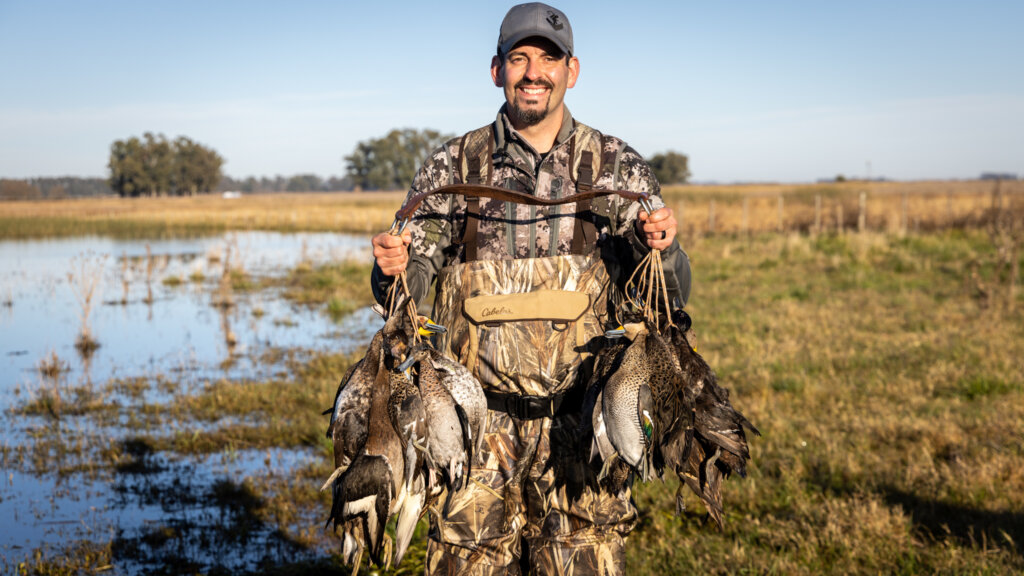
Back at the lodge, we had a hearty lunch and a quick nap. Justin, Lee, and I discussed some production issues and got caught up on emails before heading out to another new hunting spot mid-afternoon. As we drove toward the water, a large flock of at least 150 ducks rose. We set up over the smaller pond surrounded by a lot of reeds. Among the details that I appreciate about hunting Argentina is I never heard distant shots from other hunters. In sparsely populated rural Argentina, duck hunters from other estancias were 50 or maybe 100 miles away. However, I rarely waited long before hearing the shots from my shotgun! Ducks were coming in as soon as we loaded up. I cannot stress this point enough—duck hunting in Argentina is so much different than everywhere else. It is seriously continuous action! This time I passed on a couple of species I’d already taken and concentrated on the four needed to get my targeted 13 from Argentina. This restraint paid off, and my prize of the afternoon was a Chiloé Wigeon.
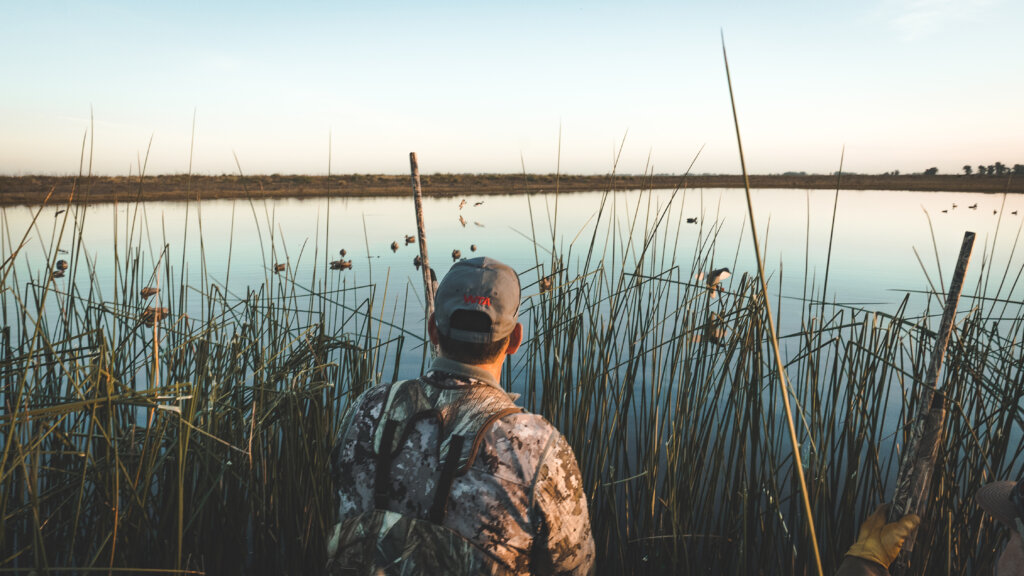
The Chiloé Wigeon, also known as the Southern Wigeon, is indigenous to the southern part of South America. Some Argentine natives call it a piebald duck or a royal duck. Drakes and hens look similar, with the males usually being slightly larger and heavier. The Chiloé Wigeon has an iridescent greenish-blue cap and a bluish-gray bill with a black tip. Their cheeks and forehead are white, and the breast is barred black and white. The drakes have brighter plumage with a cap that is typically more iridescent.
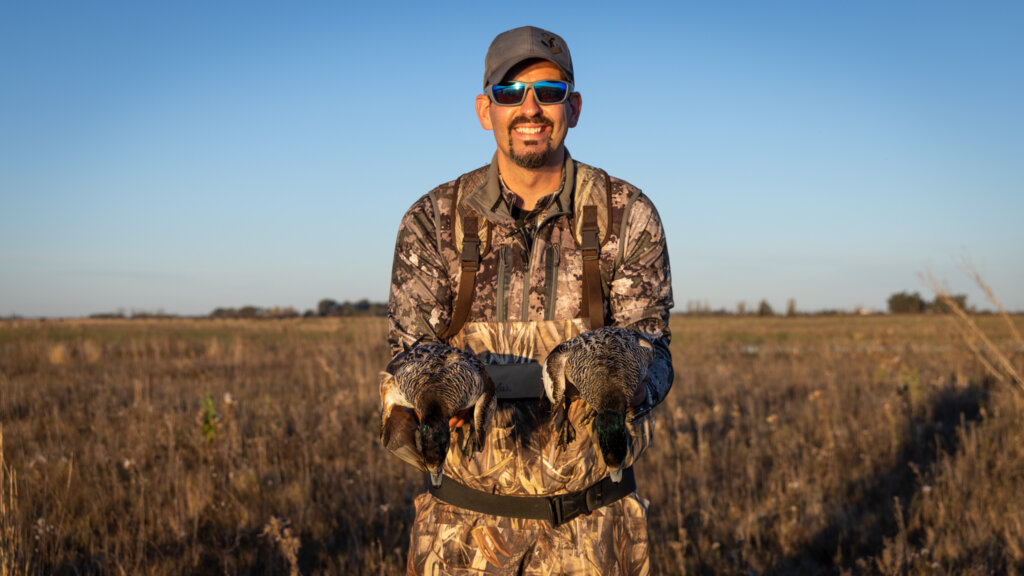
Again, way before we were ready, Maxie called our hunt over. We picked up and returned to the estancia. That evening we enjoyed another memorable meal and great Malbec. After our dinner, we discussed strategies for the next day’s hunt. I had 10 of the 20 species from my South America Waterfowl list checked off in only a couple of days. With 13 target species in Argentina, I knew that the remaining three would be more difficult than the first 10, but I felt good about my progress so far.
